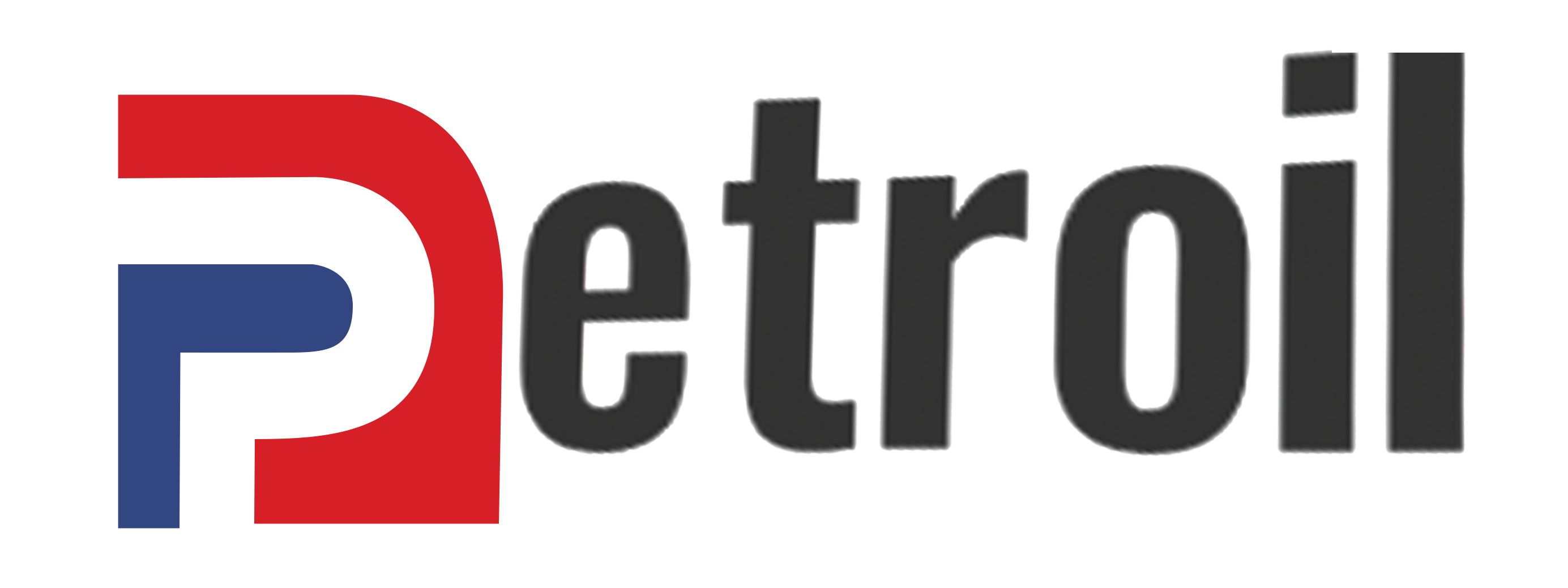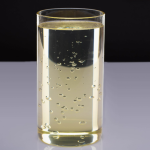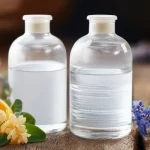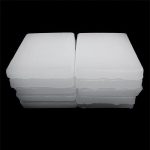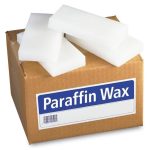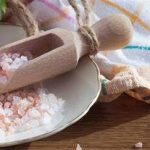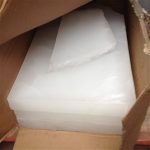Paraffin therapy is a popular therapeutic and cosmetic method for relieving joint pain, softening the skin, and improving blood circulation. Get familiar with the types of paraffin therapy, its benefits, drawbacks, applications in different body areas, and key points.
What is Paraffin Therapy and Why is it Performed?
Paraffin therapy is one of the effective, safe, and low-cost methods in skin care and the treatment of muscular and joint pain. This method, using the thermal and covering properties of refined paraffin, is used especially in conditions such as dry skin, arthritis, joint stiffness, skin cracks, and reduced blood circulation.
Paraffin in its liquid form (approximately 50 to 55°C), without causing burns, is applied to the skin and by creating a warm, protective layer, causes mild sweating, increases skin permeability, and stimulates blood flow. For this reason, it is widely popular in physiotherapy centers, beauty clinics, and for home use.
Main Materials in Paraffin Therapy
The paraffin used in this method is hygienic solid paraffin, refined and usually white in color, odorless, and free from harmful impurities. In many industrial or cosmetic types of these paraffins, additives such as vegetable oils (like coconut oil, lavender, argan, or olive oil), vitamins (A, E), and aromatic extracts are included, which enhance its therapeutic and soothing properties.
Types of Paraffin Therapy and Applications
Depending on the area of use and treatment purpose, paraffin therapy is divided into several types:
-
Hand Paraffin Therapy
The most common use of this method is for hands. This type is very useful for individuals with dry, rough, cracked skin or symptoms of eczema and psoriasis. It can also reduce pain and stiffness in people with finger arthritis or carpal tunnel syndrome. -
Foot Paraffin Therapy
It is highly effective for softening heels, improving cracks, and increasing skin flexibility. It is also used to relieve ankle or foot pain caused by prolonged standing or minor injuries. -
Facial Paraffin Therapy
Although less common, this method can be very effective for individuals with chronic dry facial skin, fine lines, or in need of deep hydration. However, it should be performed cautiously and by a specialist. -
Joint and Muscle Paraffin Therapy
Joints affected by arthritis, muscle strains, tendon inflammation, and chronic pain can be soothed with the moist heat of paraffin. This method is particularly common in physiotherapy for treating elbows, knees, ankles, or shoulders.
Advantages of Paraffin Therapy
Paraffin therapy has numerous benefits that make it a popular method worldwide:
• Deep skin moisturization: One of the key features of paraffin is preventing the evaporation of natural skin moisture and penetrating heat into its deeper layers, resulting in noticeable softness and smoothness.
• Increased blood circulation: The localized heat causes blood vessels to dilate and improves blood flow in the treatment area.
• Reduction of pain and inflammation: The even heat of paraffin reduces inflammation, muscle and joint pain, and increases the range of motion.
• Skin cleansing and detoxification: With mild sweating stimulation, dead skin cells are removed from the surface and pores are opened.
• Psychological relaxation: Especially when combined with aromatherapy, it has a positive effect on reducing stress and improving mood.
Disadvantages of Paraffin Therapy and Contraindications
Although this method is safe, it may not be suitable in some conditions:
• It is not recommended for individuals with poor blood circulation or diabetic neuropathy. These individuals may not feel heat sensitivity and risk burns.
• Open wounds or skin infections: Paraffin can trap bacteria and worsen skin conditions.
• Skin sensitivities: Some individuals may have allergic reactions to paraffin or its additives.
• Requires complete hygiene: If paraffin is used communally (e.g., in beauty salons), there is a risk of contamination.
How Paraffin Therapy is Performed
-
The target area is thoroughly cleaned and dried with mild soap.
-
Paraffin is melted to the appropriate temperature in a special device.
-
The target limb is dipped into the paraffin multiple times or paraffin is applied using a brush.
-
Then a plastic wrap and a warm towel are placed over it to retain the heat.
-
After 15 to 30 minutes, the paraffin is easily removed, leaving the skin clean and soft.
Equipment Needed for Home Paraffin Therapy
• Paraffin melting device or special container
• Hygienic or cosmetic paraffin
• Paraffin gloves or socks
• Plastic wrap or cling film to retain heat
• Towel or blanket to keep the treatment area warm
Is Home Paraffin Therapy Safe?
Yes, if standard paraffin, reliable equipment, and proper hygiene are used, paraffin therapy at home is completely safe and cost-effective. Reputable brands producing hygienic paraffin like Petrovil provide high-quality paraffin therapy products with proper purity.
Conclusion
Paraffin therapy is a traditional yet widely used method for treatment, care, and beautification of skin and joints. By choosing high-quality paraffin, following hygienic practices, and understanding specialized applications, this method can improve quality of life, skin softness, pain relief, and relaxation.
If you are looking to purchase suitable paraffin for paraffin therapy, Petrovil, by offering standard products, will be a reliable companion for you.

